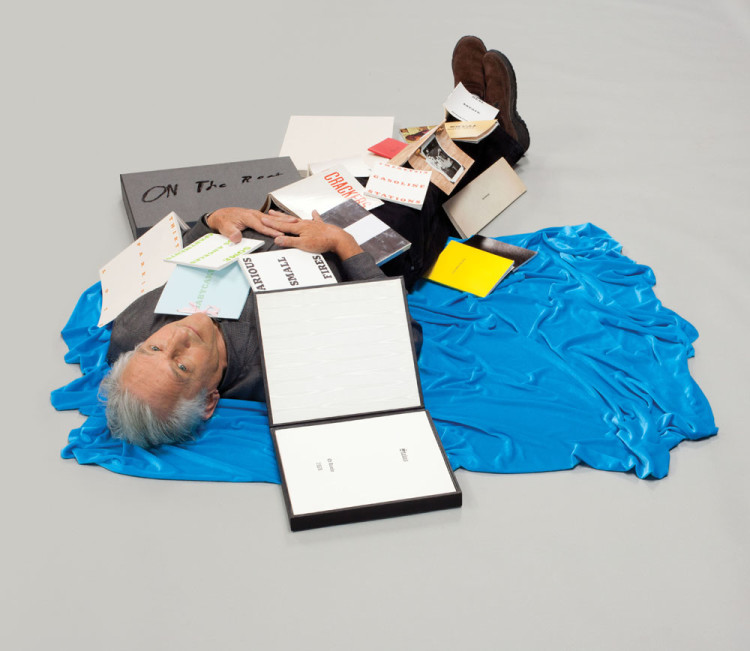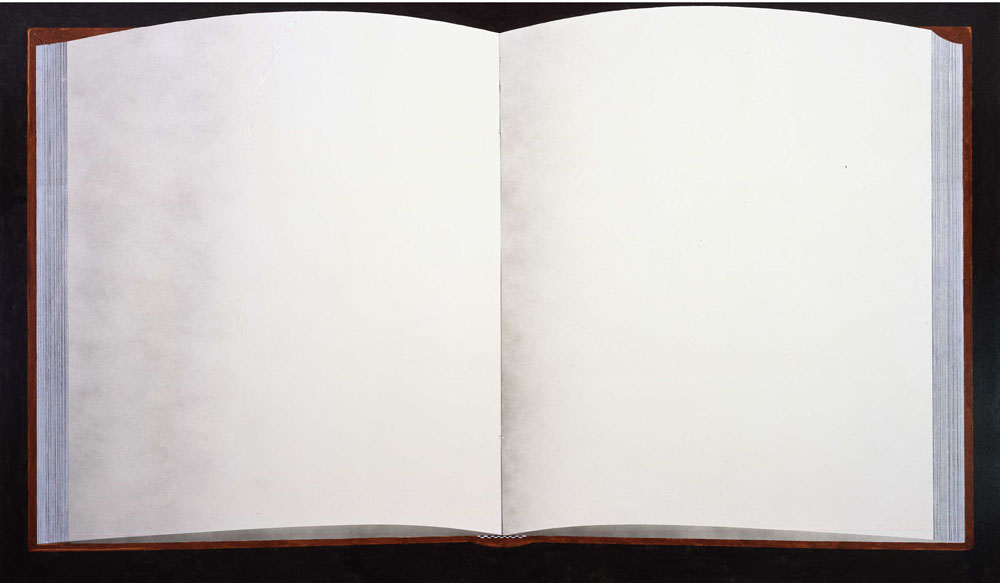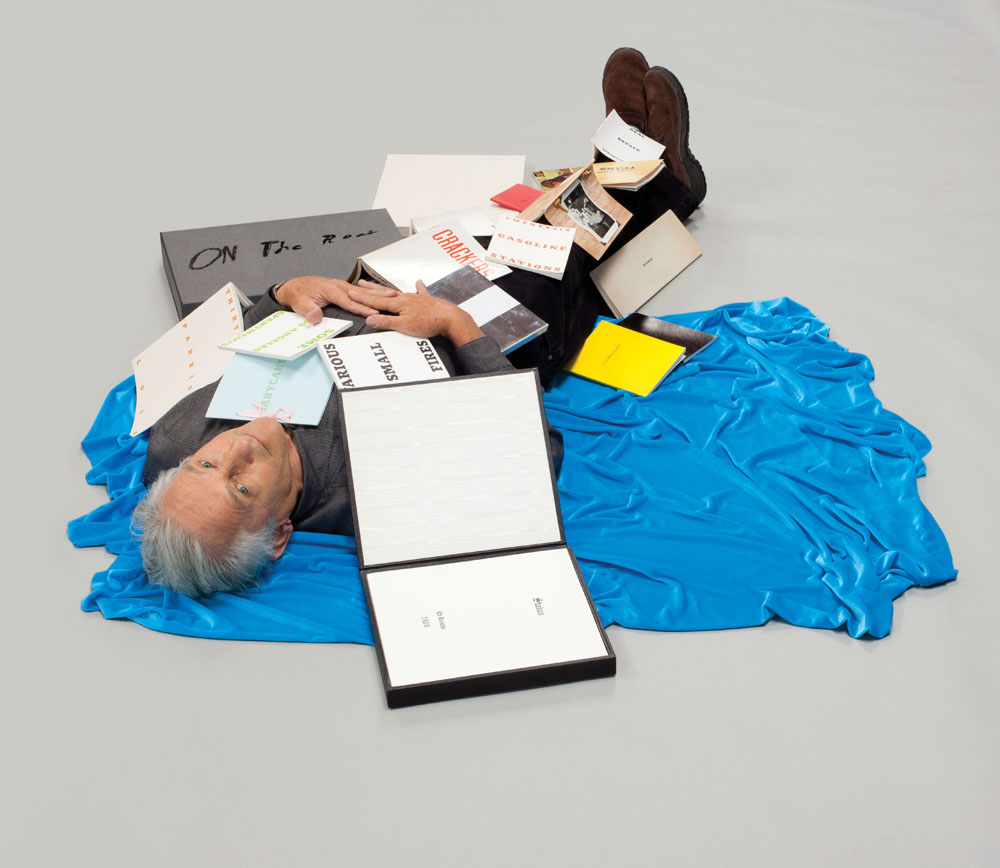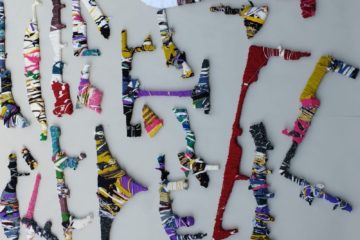ED RUSCHA. BOOKS AND PAINTINGS – MUSEUM BRANDHORST – MUNICH


© Ed Ruscha, Courtesy of the artist and Gagosian Gallery
ED RUSCHA. BOOKS AND PAINTINGS
STARTING FROM 06 JUNE 2013 AT THE MUSEUM BRANDHORST
Press Preview: 04 June 2013, 03 p.m.
Opening: 05 June 2013, 07 p.m. – Untill 22.09.2013
www.pinakothek.de
Facebook: http://www.facebook.com/museum.brandhorst.muenchen
The artist will be present at the press conference and opening.
At the end of the 1950s, language as a means of communication in the public space was increasingly called into question through the spread of visual phenomena.
Advertising began to condition the face of mass media more and more, especially in the USA. Attractive images and catchy logos were more effective than texts.
Sensational headlines, exaggerated publicity to raise consumption levels and omnipresent stars from film and television did not fail to have the desired effect, and increasingly fascinated artists as well. Abstract Expressionism, that had dominated painting for years following on from Jackson Pollock, was replaced by Pop Art, that picked directly on subjects taken from everyday American culture.
Ed Ruscha, born in 1937, and considerably younger than Andy Warhol, Robert Rauschenberg and Jasper Johns, draws his aesthetic inspiration from the mass media and films, as well as from Los Angeles’ unique urbanistic features. At the beginning of the ’60s he depicted stylised company trademarks as well as petrol stations and department stores, to which everyday objects, landscapes, logos, slogans or individual words were added. With such word paintings Ruscha looks at how far specific associations can be evoked using typography, shape and colour.
The merging of text and image reveals Ruscha’s proximity to Concept Art. His books stand alongside his paintings with industrial buildings or words. The artist himself produces, publishes and markets his slim volumes that, apart from titles and names of locations, comprise just one series of black-and-white photographs in each case. Twentysix Gasoline Stations appeared in 1962, followed by Various Small Fires (1964), Some Los Angeles Apartments (1965), Every Building on the Sunset Strip (1966) and Thirtyfour Parking Lots (1967). The series has now been continued to include On the Road (2009).
If his paintings are to be allocated to the sphere of private and public collections as a result of their singularity, then Ruscha sees his books not as deluxe limited editions but as a high-quality mass-produced commodity. These aspects have also defined the present presentation of the collection, centred around three new acquisitions.

Fotografie von Jerry McMillan, 2012, Courtesy the artist, Gagosian Gallery, and Craig Krull Gallery
Old Book Back Then is a folio comprising flawlessly white pages without any words.
Old Book Today shows the same book in its present state, damaged by water and with mildew spots. Old Book With Wormholes has additional creases and traces of bookworm. Through the lack of writing, the bound pages have lost their function and meaning. Are they epitaphs to what has been or is yet to come? Does the empty space denote loss, oblivion, forfeit and cultural demise?
The large memento mori pictures are supplemented by eight smaller paintings and five photographs that the artist has presented to the Udo and Anette Brandhorst Foundation. Some individual letters, words and titles can be read here, but the publications – whether as a picture or object – cannot be opened, so it is not known if they contain what the title suggests. They are essentially finds, with the spectrum ranging from great literature (Shakespeare) to obsolete business guides. Together with Ruscha’s own publications (which are also gifts), the works form a cohesive thematic complex spanning a period of fifty years and represent an impressive addition to the large number of artists’ books in the Brandhorst Collection. In this connection, the exhibition ‘Picasso’s Artist’s Books’ should be mentioned that was also held in the Museum Brandhorst (2010/2011). Your attention is similarly drawn to ‘Reading Andy Warhol’, a project scheduled for autumn 2013, which will be dedicated to books illustrated by Warhol.
The range that Ruscha’s more recent works encompass become evident when comparing the paintings of the old books with the edition ‘On the Road’ from 2009.
First published in 1957, the book turned its author, Jack Kerouac, into one of the most important representatives of the Beat Generation of the ’50s. Ruscha’s new design of this epoch-making novel is based on a strict layout and a random selection of images that all refer to technology, mobility and transportation, thus forming a link with the narrative. The difference between the empty and disintegrating folios and the highly contrived copy of an important novel could not be greater.
Ruscha’s central theme is the relation between words and images. The intellectual and artistic situation of our times manifests itself in the juxtaposition of paintings, book objects, photographs and publications, in a small but representative excerpt.
As Ruschas works seem to make the border between reality and fiction permeable, they turn out to be a wonderfully confusing tonic to the way we habitually perceive things – a way that has become jaded by the shameless and partly absurd use of words and images in our media culture for the masses.
A catalogue by Richter|Fey Verlag in German and English has been published to accompany the exhibition.






No Comment